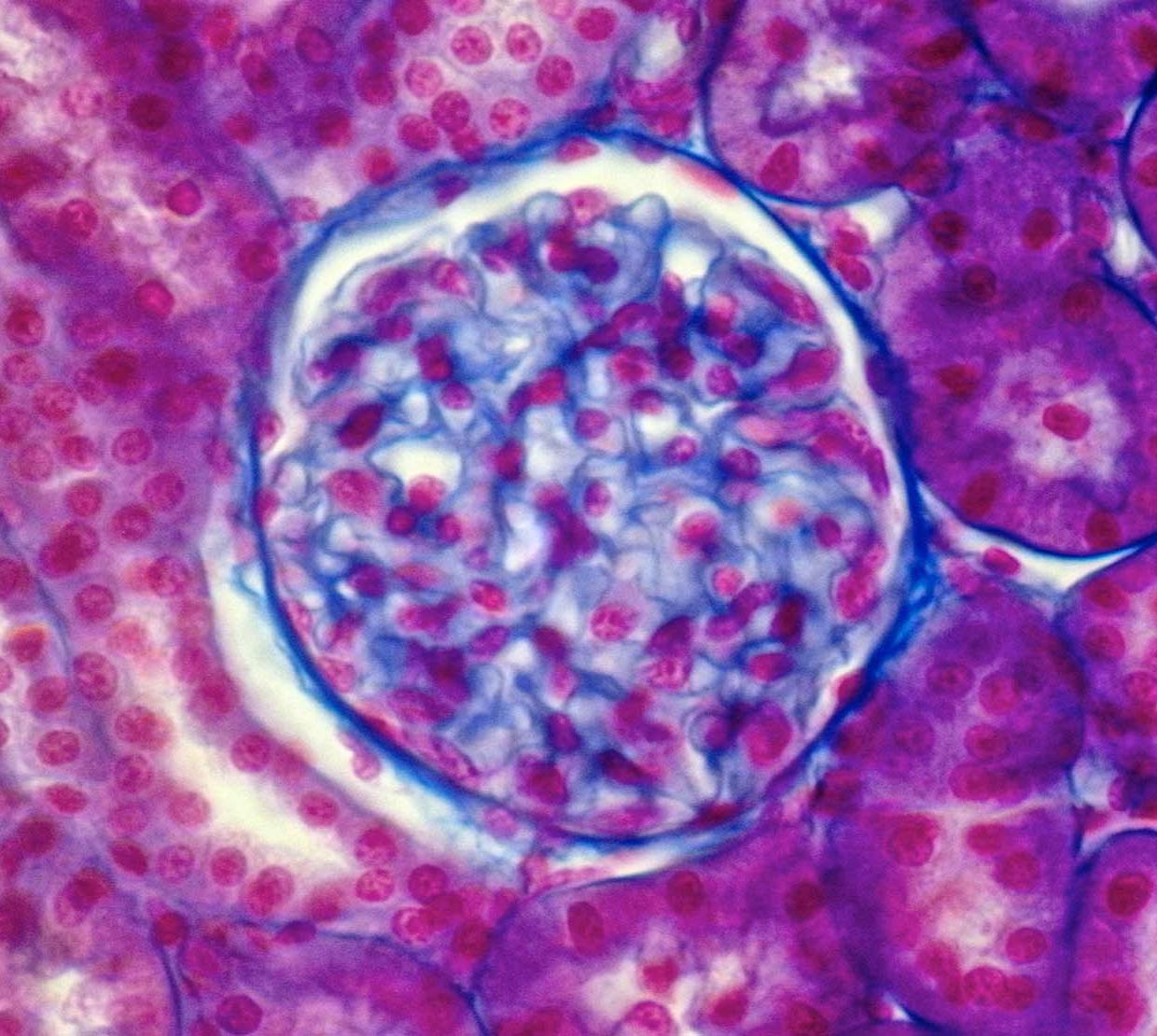When two-thirds of a rat's liver is removed, the remaining one-third will grow back to its original size. How does the liver know when to stop growing? Through a new National Science Foundation-funded project, Afua Nyarko, assistant professor of biochemistry and biophysics, looks to understand why.
Nyarko's project, entitled "Assembly of multivalent regulatory complexes in hippo signaling" has received $820K over a four-year period to conduct research into biological processes important for the regulation of cell growth, memory and kidney function. She hopes that her research will broaden the scope of scientific knowledge, opening new doors for disease treatment.
“My lab is always seeking to diversify our environment and thinking because we believe that diversity enriches our world view and makes us better scientists”
Specifically, Nyarko explains, a signaling pathway refers to the way information is transmitted between molecules to determine the behavior of a cell. Information from the environment is transmitted to a specific protein receptor, which sends a signal from one molecule to another, like dominos, repeating throughout the entire signaling pathway until the cell function is carried out.
Nyarko's lab is particularly interested in the hippo signaling pathway - so named, because gene mutations can cause 'hippopotamus-like' tissue overgrowth. In a healthy animal, this pathway works to effectively regulate cell division and programmed cell death (apoptosis) - ensuring that the body can grow and regenerate. Mutations in this pathway can interrupt this balance, causing enlargement of organs and cancerous growth.
While there has been growing interest in the role of signaling in cancer development within the research and medical community, scientific progress has remained challenging. The hippo pathway relies on intrinsically disordered proteins (IDPs) – unstructured, flexible proteins important for many cellular functions due to their highly tuned and easily reversible interactions with each other. At the same time, IDPs are nearly impossible to study using traditional biophysical methods due to their poor stability, structural heterogeneity and dynamic nature.
Fragile and lacking a compact structure, one of the only current methods to effectively study these proteins is nuclear magnetic resonance (NMR), a high-powered magnet capable of determining the dynamics, structure and interaction surfaces with high resolution.
Supported by $2M in NIH and Murdock grants, Oregon State University is a leader in the region with the highest-power 800 MHz NMR spectrometer in the state. “The future is disorder,” says Elisar Barbar, department head and faculty director of the NMR Facility. “Thirty percent of the human genome codes for intrinsically disordered proteins, and the expertise and instrumentation available at OSU puts us in a unique position to continue to make a huge impact.”





